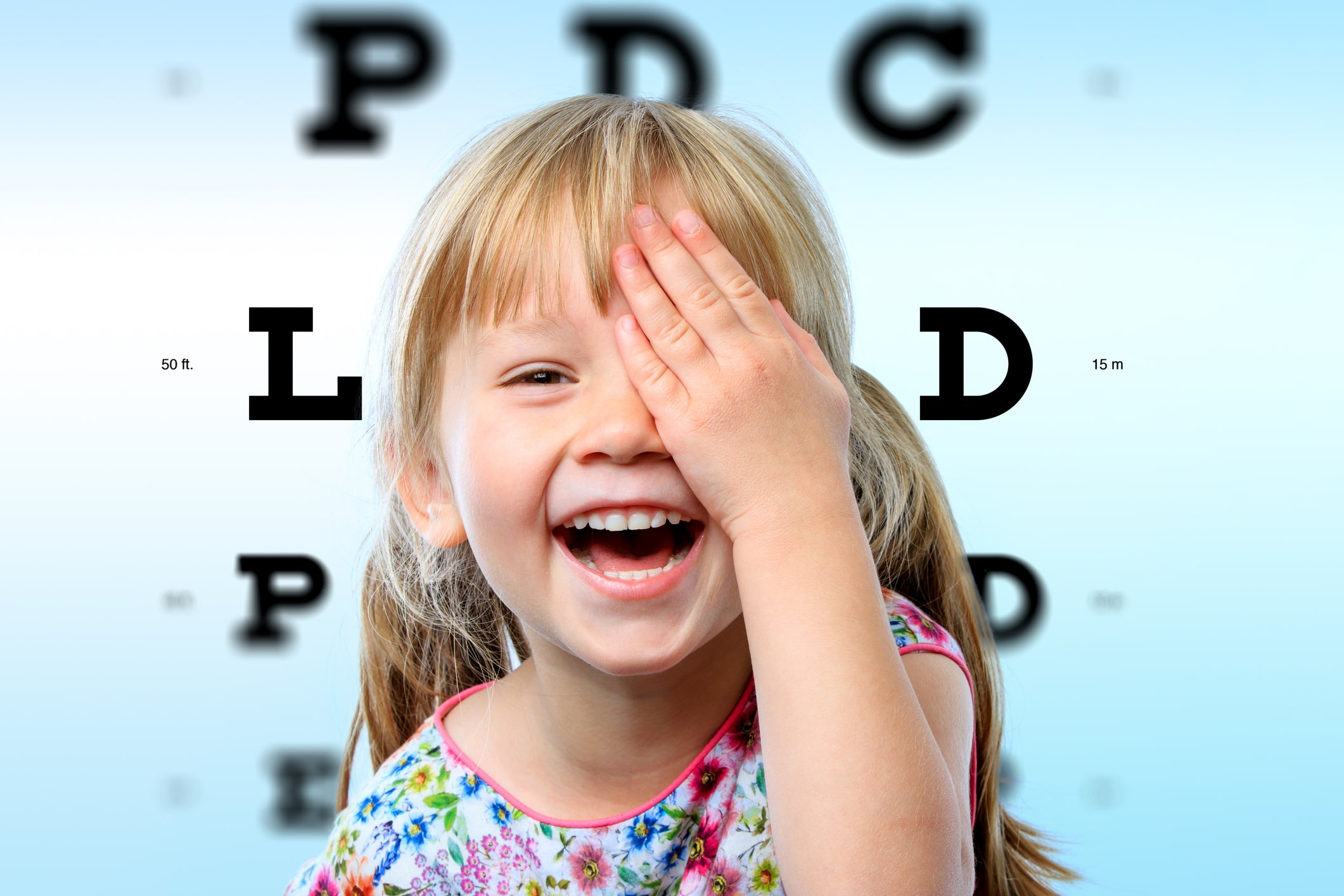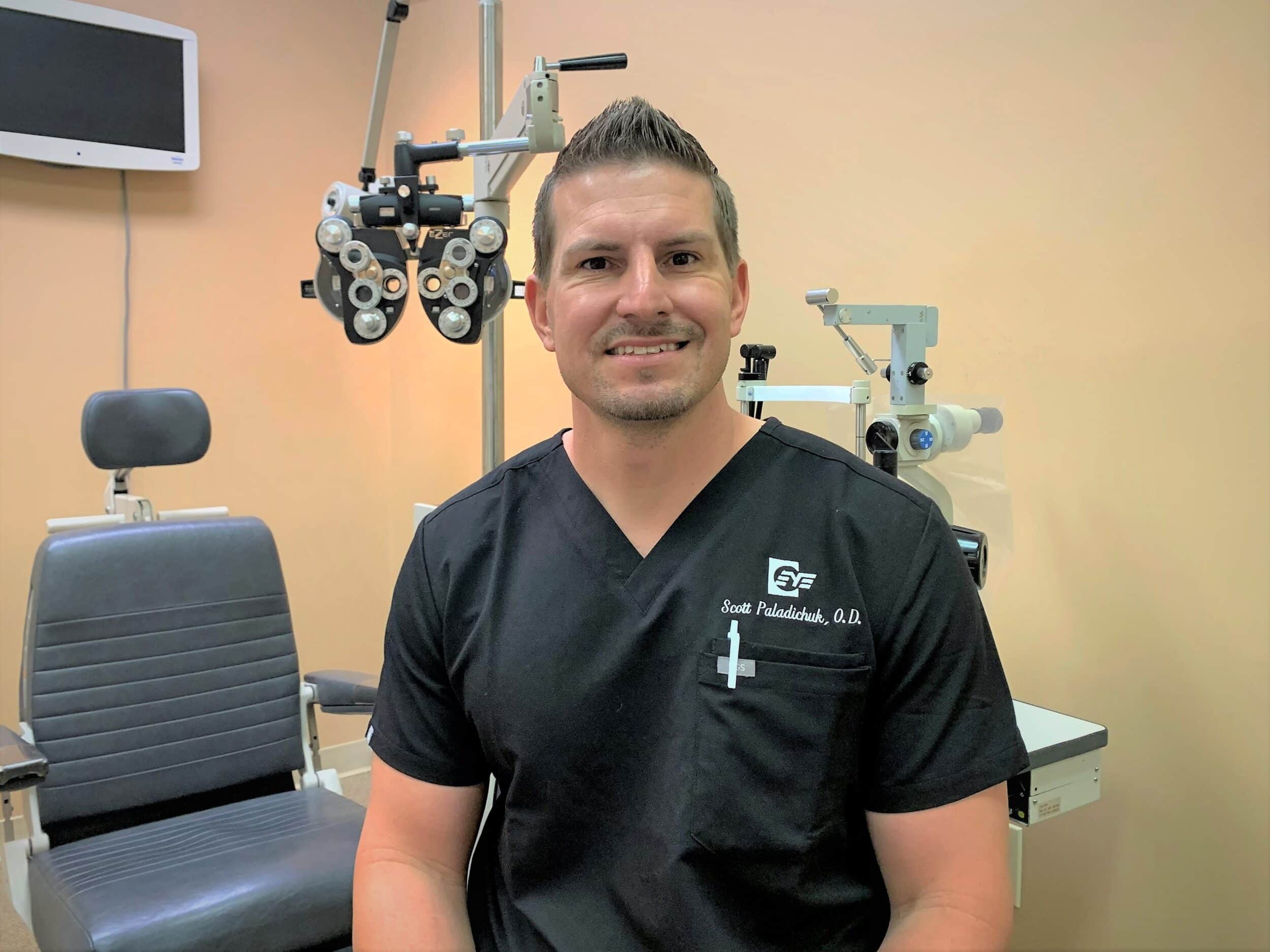It’s August again, and that means millions of U.S. children will begin their academic journey as first graders. Along with other activities to orient them to their new experience, many of these students will undergo a vision screening.
This is a simple test that helps identify potential issues a child may have with seeing clearly, which might interfere with their ability to learn. But although it’s valuable in that way, vision screenings often don’t detect other eye conditions. Many of these conditions, if not addressed, could have a long-term impact on your child’s vision.
Fortunately, there is a way to diagnose these other conditions-through a comprehensive eye exam.
“Vision screenings have their place, but they’re not enough to cover the full range of possible vision problems a child may face,” says Dr. Scott Paladichuk, a certified therapeutic optometrist with Hattiesburg Eye Clinic. “That’s why we recommend full eye exams for children at various ages in their development.”
With August designated as Children’s Eye Health and Safety Month, eye care providers like Dr. Paladichuk are highlighting why regular complete eye exams for children is critical to their long-term vision. Here then are 3 common vision problems in children that an eye exam could uncover.
Amblyopia. More commonly known as “lazy eye,” this disorder occurs when one eye doesn’t develop normally during early childhood. When that happens, the affected eye may tend to wander and not work in tandem with the other eye. Children with this condition can develop poor depth perception and other visual weaknesses that may lead to worse problems down the road.
“Children with amblyopia often experience poor academic or athletic performance in school, and find limitations in future jobs that require a high level of vision,” says Dr. Paladichuk.
Fortunately, there are treatments that can strengthen the affected eye and help it work better with the other eye-if begun early enough to make a difference.
“Some treatments seek to stimulate and strengthen the affected eye by wearing a patch over the ‘good eye’ or temporarily blurring it, which causes the affected eye to work harder,” says Dr. Paladichuk. “Corrective lenses may also help, and for advanced cases, possible surgery or vision therapy.”
Accommodative Esotropia. This prevalent condition occurs when one or both of a child’s eyes begins to point inward toward the nose, while the other eye points forward in a normal fashion. The result is a “cross-eyed” effect that can cause double vision and other symptoms that lead to fatigue or a poor ability to read.
“It’s somewhat common in significantly far-sighted children, particularly around the age of two,” says Dr. Paladichuk. “Esotropia often occurs with children who were born prematurely, or who have a family history of it.”
Dr. Paladichuk says the first-line treatment is often full-time glasses wear that may include bifocals for help with reading. Surgery might be considered in more severe cases.
Conjunctivitis. While the previous two disorders are developmental in nature, Dr. Paladichuk says conjunctivitis (also known as “pink eye”) most often has an external cause.
“Conjunctivitis is most commonly caused by a viral or bacterial infection of the conjunctiva, the clear covering of the eye. There are also more rare types of inflammatory conjunctivitis that are related to allergies.”
Children with conjunctivitis often show signs of redness or itchiness in one or both eyes, feelings of grittiness, excessive tearing, or a heightened sensitivity to light. Eye care providers most often treat the condition with antibiotics, steroid drops, or lubricating drops, depending on the type of conjunctivitis.
The previous symptoms, however, don’t automatically indicate conjunctivitis. “Often times, parents assume all red itches are ‘pink eye,’ but there may be another cause,” says Dr. Paladichuk. “It’s helpful to accurately identify the actual cause first so that we can recommend the proper treatment.”
Although these and other eye conditions often have noticeable symptoms, only a thorough eye exam can confirm an accurate diagnosis. Dr. Paladichuk and his associates recommend a regular eye exam schedule for children, with a first visit at 6 to 12 months of age, a second at 3 years, and a third visit just before they enter school. After that, they recommend exams every two years until adulthood.
The bottom line: A school vision screening is helpful, but it can’t provide the full picture of a child’s vision health. To stay ahead of any developing eye problems your child may have, only a regular eye exam with a certified provider can fill in those critical details.
To learn more about protecting your child’s eye health, be sure to visit our pediatric services page. To find out how Hattiesburg Eye Clinic can improve your vision health, call 601-268-5910 (or toll-free 800-624-8254) or schedule a consultation with us at www.hattiesburgeyeclinic.com/contact-us/


